Home>Articles>How To Season Stainless Steel Electric Skillet
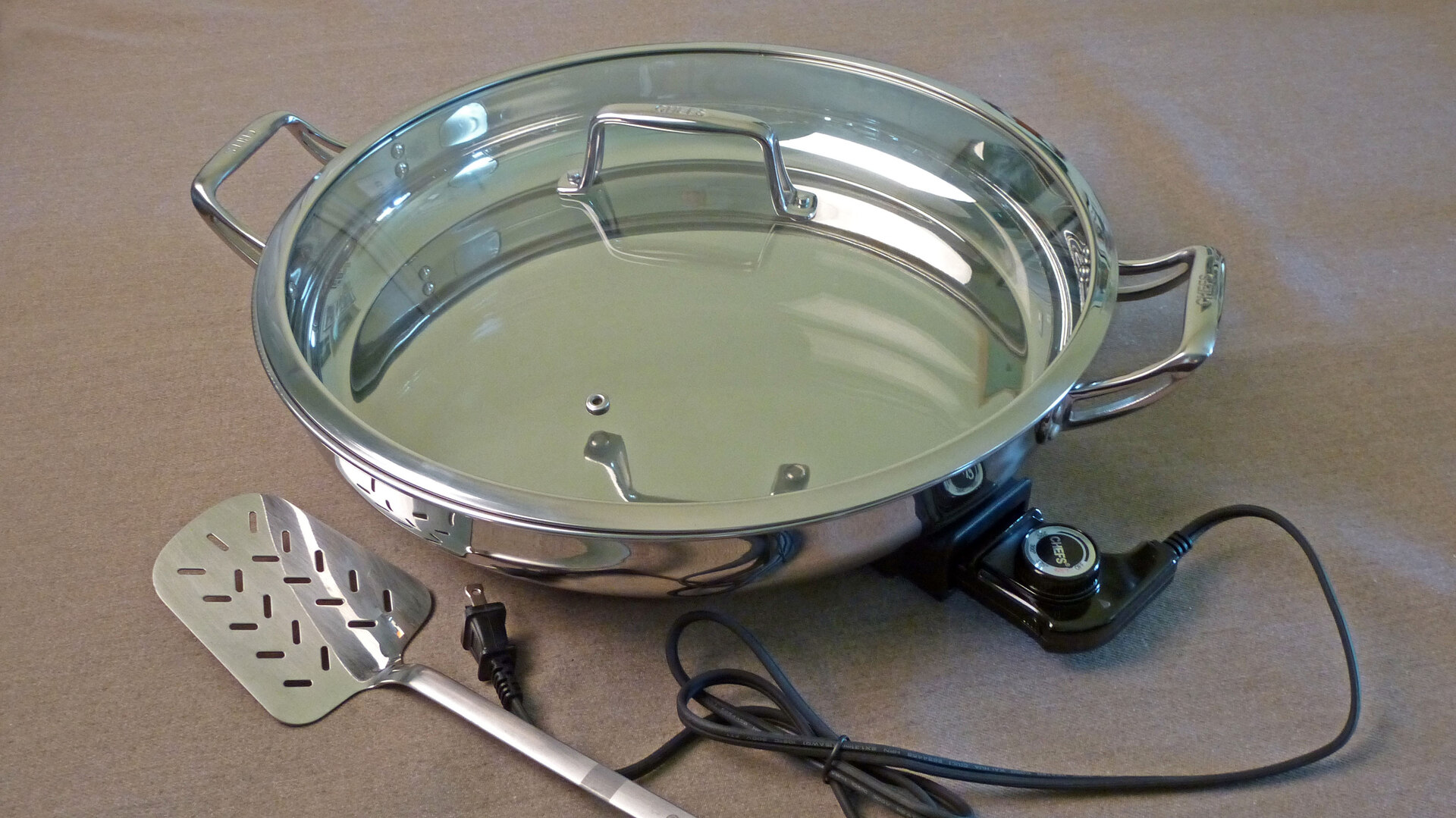

Articles
How To Season Stainless Steel Electric Skillet
Modified: February 28, 2024
Learn how to season your stainless steel electric skillet with these helpful articles. Properly seasoning your skillet will help enhance its nonstick properties and extend its lifespan.
(Many of the links in this article redirect to a specific reviewed product. Your purchase of these products through affiliate links helps to generate commission for Storables.com, at no extra cost. Learn more)
Introduction
Welcome to the world of stainless steel electric skillets! These versatile kitchen appliances have gained popularity in recent years due to their durability, even heat distribution, and easy cleanup. Whether you are a seasoned chef or a cooking novice, a stainless steel electric skillet can be a valuable addition to your kitchen arsenal.
However, to truly unlock the potential of your stainless steel electric skillet, it is important to understand the process of seasoning. Seasoning your skillet not only enhances the natural non-stick properties of stainless steel but also prevents food from sticking and helps to develop a beautiful patina over time. In this article, we will guide you through the steps to properly season your stainless steel electric skillet and share tips and tricks to maintain its seasoning for years to come.
So, let’s dive in and explore the world of seasoning stainless steel electric skillets!
Key Takeaways:
- Properly seasoning your stainless steel electric skillet is essential for creating a non-stick surface, enhancing flavors, increasing longevity, and preventing flavor transfer between dishes. It’s a crucial step to unlock the full potential of your skillet for delicious and effortless cooking.
- To maintain your seasoned skillet, avoid harsh cleaning agents, dry it thoroughly, store it properly, and re-season when necessary. By following these maintenance practices, you can ensure that your skillet continues to provide non-stick performance and flavorful results for years to come.
Understanding Stainless Steel Electric Skillets
Before we jump into the process of seasoning, it is essential to have a basic understanding of stainless steel electric skillets. These skillets are made of high-quality stainless steel, known for its excellent heat conductivity and durability. Unlike traditional skillets, stainless steel electric skillets come equipped with a heating element and temperature control, allowing for precise cooking control.
Stainless steel is a popular choice for cookware due to its resistance to corrosion, staining, and rust. It also does not react with acidic or alkaline ingredients, ensuring the integrity of the flavors in your dishes. Additionally, stainless steel is non-reactive to food, making it a safe and sanitary option for cooking.
Stainless steel electric skillets offer versatile cooking options. They can be used for a wide range of cooking methods, including frying, sautéing, grilling, and even baking. The even heat distribution of stainless steel ensures that your food cooks evenly and prevents hot spots.
Furthermore, stainless steel electric skillets are known for their ease of cleaning. Thanks to the non-stick properties developed through proper seasoning, food residue slides off effortlessly, making cleanup a breeze. With proper care and maintenance, a seasoned stainless steel electric skillet can become your go-to tool for every cooking task.
Now that we have a solid understanding of stainless steel electric skillets, let’s move on to why seasoning is crucial for their performance and longevity.
Why Seasoning is Important
Seasoning your stainless steel electric skillet is crucial for several reasons. Firstly, it helps to create a natural non-stick surface. Although stainless steel is known for its durability, it can still be prone to food sticking if not properly seasoned. Seasoning forms a protective layer on the surface of the skillet, reducing the chances of food sticking and making cleaning easier.
Secondly, seasoning enhances the flavor of your dishes. As you cook with your seasoned skillet, a patina develops, adding depth and richness to the flavors of your food. It also helps to distribute heat evenly, resulting in perfectly cooked meals every time.
Another benefit of seasoning is that it increases the lifespan of your stainless steel electric skillet. Properly seasoned skillets are more resistant to corrosion and rust, ensuring that your skillet remains in top condition for years to come. By investing a little time in seasoning, you can extend the life of your cookware and save money in the long run.
Furthermore, seasoning creates a barrier that prevents flavors and odors from transferring between different dishes. This means that you can cook delicate dishes like fish without worrying about residual flavors lingering in your skillet and affecting the taste of subsequent dishes.
In summary, seasoning your stainless steel electric skillet is essential for creating a non-stick surface, enhancing flavors, increasing longevity, and preventing flavor transfer. Now that we understand the importance of seasoning, let’s learn how to prepare your skillet for this process.
Preparing Your Skillet for Seasoning
Before you begin the seasoning process, it is important to ensure that your stainless steel electric skillet is clean and free from any residue or impurities. Follow these steps to prepare your skillet for seasoning:
- Wash the skillet: Start by washing the skillet with warm, soapy water. Use a gentle dish soap and a soft sponge or cloth to remove any dirt or grease.
- Rinse thoroughly: After washing, rinse the skillet thoroughly with warm water to remove all traces of soap residue.
- Dry completely: Use a clean towel or paper towels to dry the skillet thoroughly. Ensure that no moisture remains on the surface, as it can hinder the seasoning process.
- Inspect for residue: Take a close look at the skillet to ensure it is completely clean. Check for any remaining residue, such as dried-on food particles or oil. If necessary, repeat the cleaning process until the skillet is spotless.
- Heat the skillet: Once the skillet is dry and free from residue, turn on your stainless steel electric skillet and let it heat up for a few minutes. This will help to open up the pores of the metal, allowing better absorption of the seasoning oil.
- Allow to cool: After heating, turn off the skillet and let it cool down completely to room temperature. This ensures that the seasoning oil will adhere properly to the surface without evaporating too quickly.
By properly preparing your skillet, you are setting the foundation for a successful seasoning process. Now that your skillet is clean and ready, let’s move on to the next step: seasoning.
After cleaning your stainless steel electric skillet, season it by rubbing a thin layer of oil onto the surface and heating it on low for 10-15 minutes. Wipe off excess oil and let it cool. Repeat as needed to build up a non-stick coating.
Seasoning Your Stainless Steel Electric Skillet
Seasoning your stainless steel electric skillet is a straightforward process that involves coating the surface with oil and heating it to create a protective layer. Follow these steps to season your skillet:
- Choose the right oil: Select a high-smoke-point oil such as vegetable oil, canola oil, or avocado oil. These oils are less likely to burn at high temperatures and will help create a durable seasoning layer.
- Apply the oil: Pour a small amount of oil into the skillet and use a soft cloth or paper towel to spread it evenly across the entire cooking surface, including the sides.
- Remove excess oil: After applying the oil, use a clean cloth or paper towel to remove any excess oil. You want only a thin, even layer on the skillet.
- Heat the skillet: Turn on your stainless steel electric skillet to a medium-high heat setting. Allow it to heat for 10-15 minutes, or until the oil starts to smoke slightly. This indicates that the oil is bonding with the skillet’s surface.
- Cool and repeat: After heating, turn off the skillet and let it cool completely. Once cooled, repeat the process of applying oil, removing excess, and heating. This repeated application helps build up a more robust and long-lasting seasoning layer.
- Repeat the seasoning process: For optimal results, it is recommended to repeat the seasoning process 2-3 times. This helps to create a strong base layer of seasoning that will provide excellent non-stick performance and protection for your skillet.
Remember, the key to successful seasoning is to apply thin layers of oil and build up the seasoning gradually. This allows the oil to penetrate the surface and form a solid bond with the stainless steel.
Once you have completed the seasoning process, you are ready to use your seasoned stainless steel electric skillet. However, to maintain the seasoning and ensure its longevity, certain care practices should be followed.
Read more: How To Season A Non Stick Electric Skillet
Maintaining Your Seasoned Skillet
To keep your seasoned stainless steel electric skillet in optimal condition, it is important to follow these maintenance tips:
- Avoid using harsh cleaning agents: When cleaning your skillet, avoid using abrasive scrubbers or harsh cleaning agents that can strip away the seasoning. Instead, use a soft sponge or cloth with warm, soapy water to gently remove any food residue.
- Dry thoroughly: After washing, make sure to dry your skillet completely. Moisture can cause the seasoning to deteriorate or even lead to rust. Use a clean towel or paper towels to ensure the skillet is completely dry before storing.
- Store properly: To prevent any potential damage, store your seasoned skillet in a cool, dry place. If stacking with other cookware, place a protective layer, such as a cloth or paper towel, between each piece to prevent scratching.
- Re-season when necessary: Over time, the seasoning on your skillet may start to wear off. If you notice food starting to stick or the skillet becoming less non-stick, it is time to re-season. Simply repeat the seasoning process outlined earlier to restore the protective layer.
- Avoid extreme temperature changes: Avoid subjecting your seasoned skillet to extreme temperature changes, such as placing it directly from the stovetop into cold water. This can cause thermal shock and potentially damage the seasoning.
- Avoid cooking acidic foods for long periods: While stainless steel is non-reactive, prolonged cooking of acidic foods like tomatoes or citrus-based dishes can break down the seasoning over time. It is best to limit the duration of acidic cooking or use alternative cookware for such recipes.
By following these maintenance practices, your seasoned skillet will continue to perform at its best, providing you with effortless cooking and easy cleanup for years to come.
Now that you know how to maintain your seasoned skillet, let’s explore some additional tips and tricks for seasoning success!
Tips and Tricks for Seasoning Success
Here are some additional tips and tricks to help you achieve seasoning success with your stainless steel electric skillet:
- Use multiple layers: To build a solid and durable seasoning layer, apply multiple thin layers of oil, allowing each layer to bond with the skillet’s surface before adding the next. This gradual process helps create a stronger non-stick coating.
- Choose the right oil: Experiment with different oils to find the one that works best for you. Each oil has different properties, and some may provide better seasoning results than others. Try options like coconut oil or flaxseed oil for a unique flavor profile.
- Monitor heat levels: While seasoning, it is important to keep the heat at a medium-high level, but not too high that it burns the oil. Pay attention to the smoke point of the oil you are using and adjust the heat accordingly to prevent overheating.
- Be patient: Building up a good seasoning layer takes time and patience. Don’t rush the process by adding thick layers of oil or increasing the heat. Take your time to properly season the skillet, and you’ll be rewarded with excellent non-stick performance.
- Protect the handle: If your skillet has a removable handle, remove it before seasoning. Seasoning oil can drip down and accumulate on the handle, making it sticky. Protecting the handle ensures it remains clean and easy to handle.
- Use the skillet regularly: Regular usage helps maintain and strengthen the seasoning. The more you cook with your seasoned skillet, the better the performance will be. So, don’t shy away from using it for all your culinary adventures!
- Don’t use metal utensils: To prevent scratching the seasoning layer, avoid using metal utensils when cooking in your seasoned skillet. Opt for silicone, wooden, or nylon utensils instead.
Remember, each skillet is unique, and the seasoning process may require some experimentation to find what works best for your specific skillet and cooking style. Don’t be afraid to try different oils, adjust heat levels, and make tweaks along the way until you achieve the desired results.
Now that you have some valuable tips and tricks, you are armed with the knowledge to successfully season your stainless steel electric skillet. Enjoy cooking with your non-stick, flavorful, and long-lasting skillet!
If you have any further questions or need assistance with your stainless steel electric skillet, feel free to reach out for help. Happy seasoning!
Conclusion
Congratulations! You have learned the art of seasoning your stainless steel electric skillet. By following the steps and tips outlined in this article, you can now enjoy the benefits of a non-stick cooking surface, enhanced flavors, and increased longevity for your skillet.
Remember, the key to successful seasoning is patience and consistency. Take the time to properly prepare your skillet, apply thin layers of oil, and repeat the seasoning process as needed. With each use, your skillet will develop a beautiful patina and become a reliable companion in your kitchen.
Maintaining your seasoned skillet is just as important as the seasoning process itself. Avoid harsh cleaning agents, dry the skillet thoroughly, and store it properly to ensure its longevity. And if you notice any signs of the seasoning wearing off, don’t hesitate to re-season your skillet to restore its non-stick properties.
Seasoning your stainless steel electric skillet is not only practical but also adds a personal touch to your cooking experience. As you continue to cook with your seasoned skillet, it will become seasoned with memories, flavors, and the love you put into your culinary creations.
So, go ahead and unleash your culinary creativity with your seasoned stainless steel electric skillet. Whether you’re frying, sautéing, grilling, or baking, your skillet will be your reliable partner in the kitchen, providing you with delicious meals and an enjoyable cooking journey.
If you have any further questions or need additional guidance, don’t hesitate to seek assistance. Happy cooking and seasoning!
Frequently Asked Questions about How To Season Stainless Steel Electric Skillet
Was this page helpful?
At Storables.com, we guarantee accurate and reliable information. Our content, validated by Expert Board Contributors, is crafted following stringent Editorial Policies. We're committed to providing you with well-researched, expert-backed insights for all your informational needs.
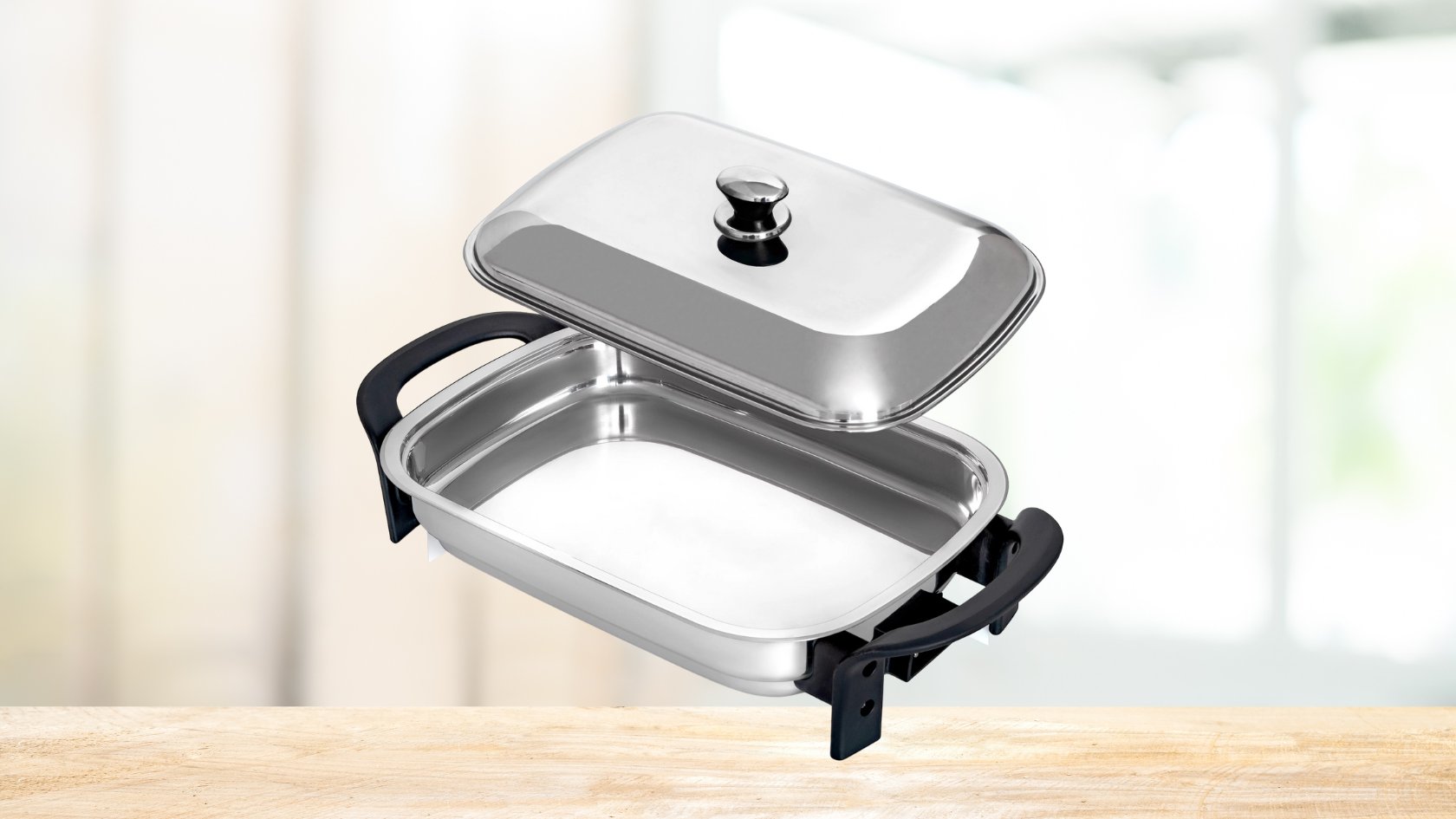
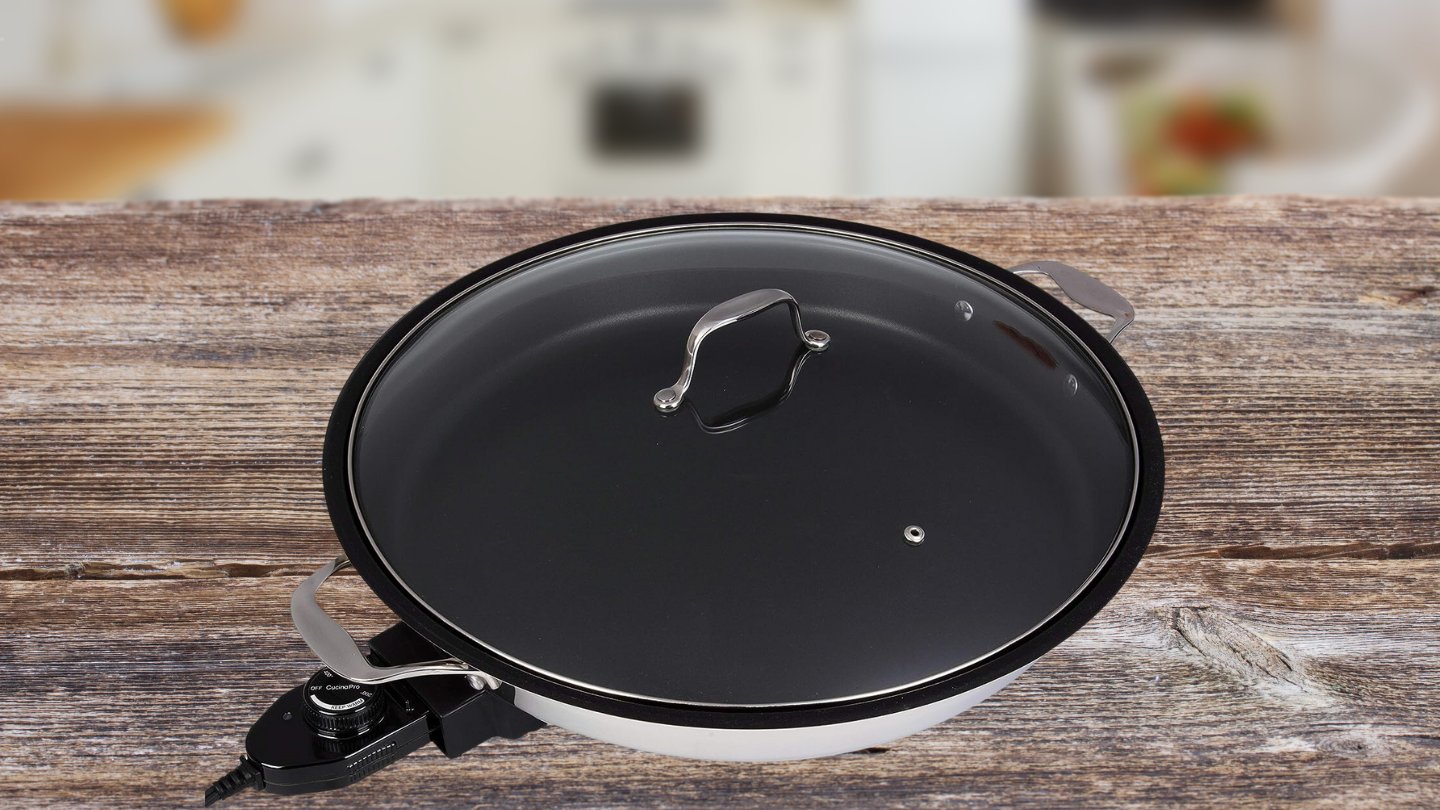
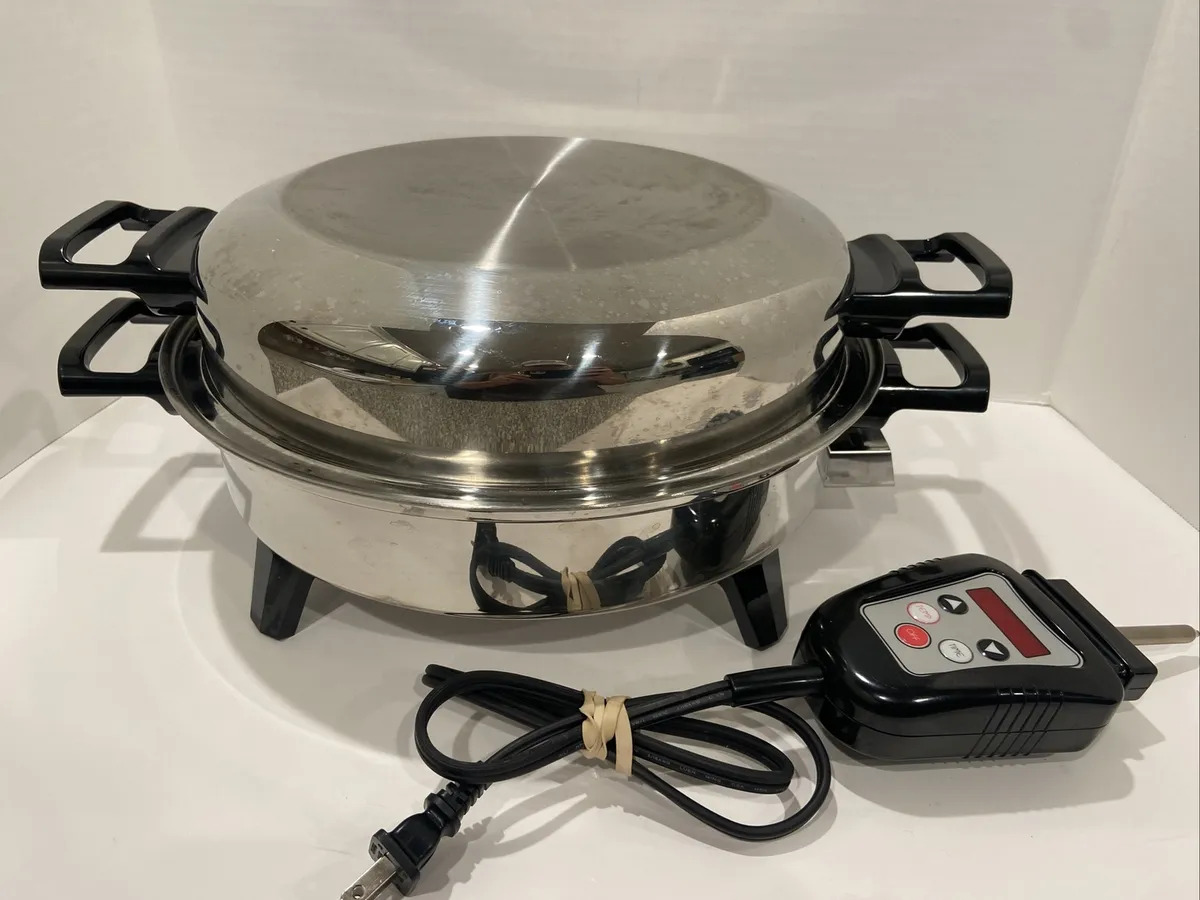
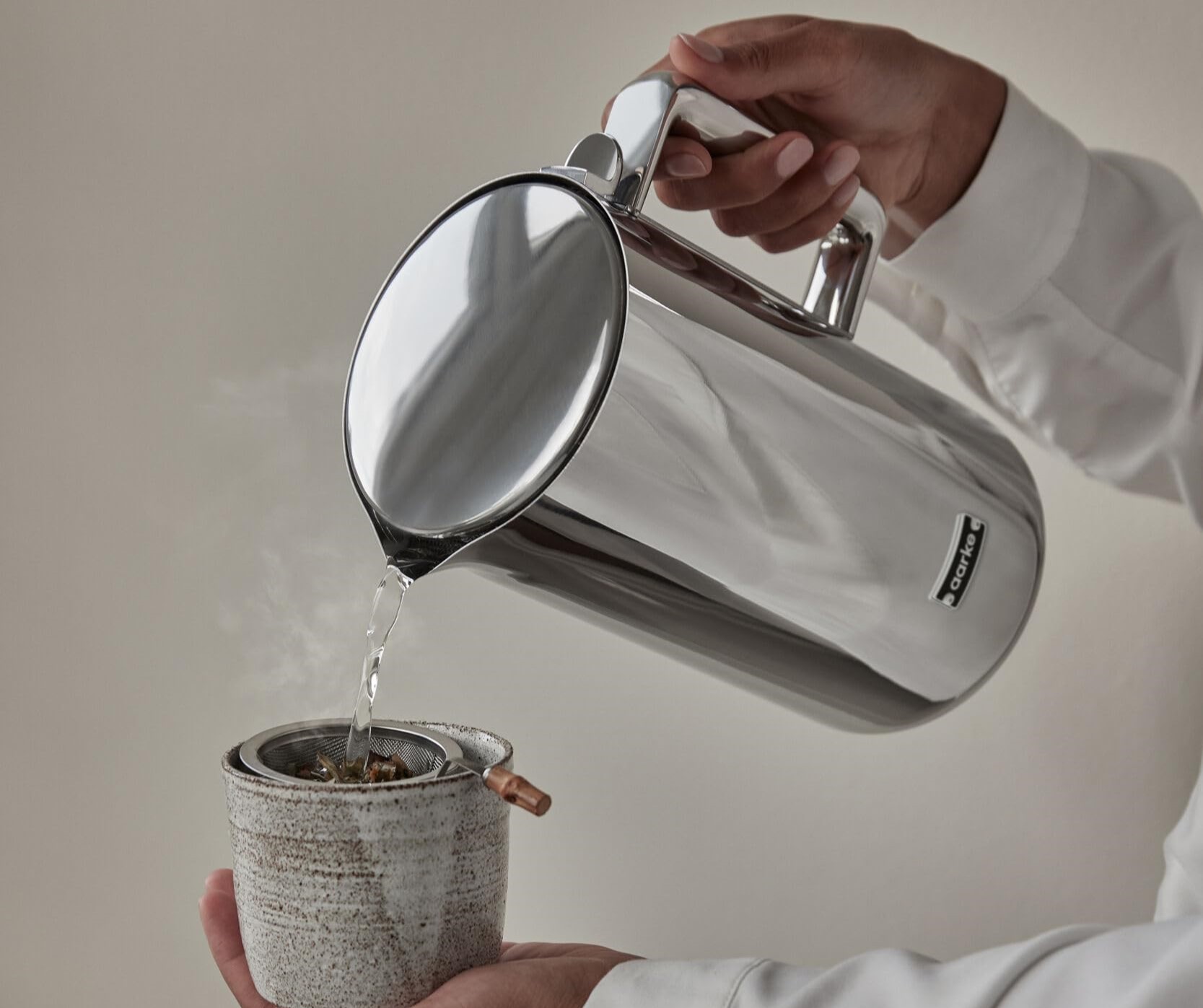
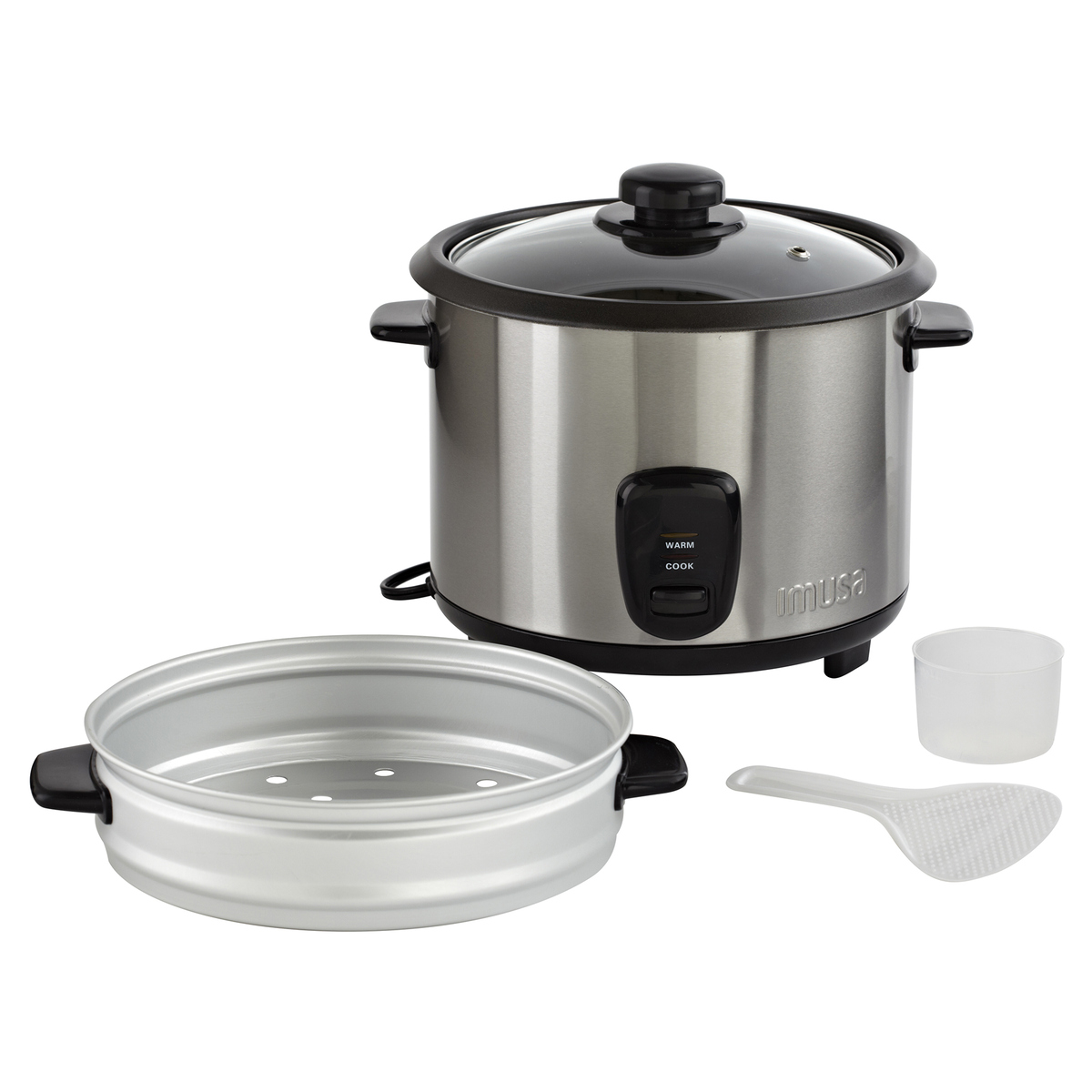
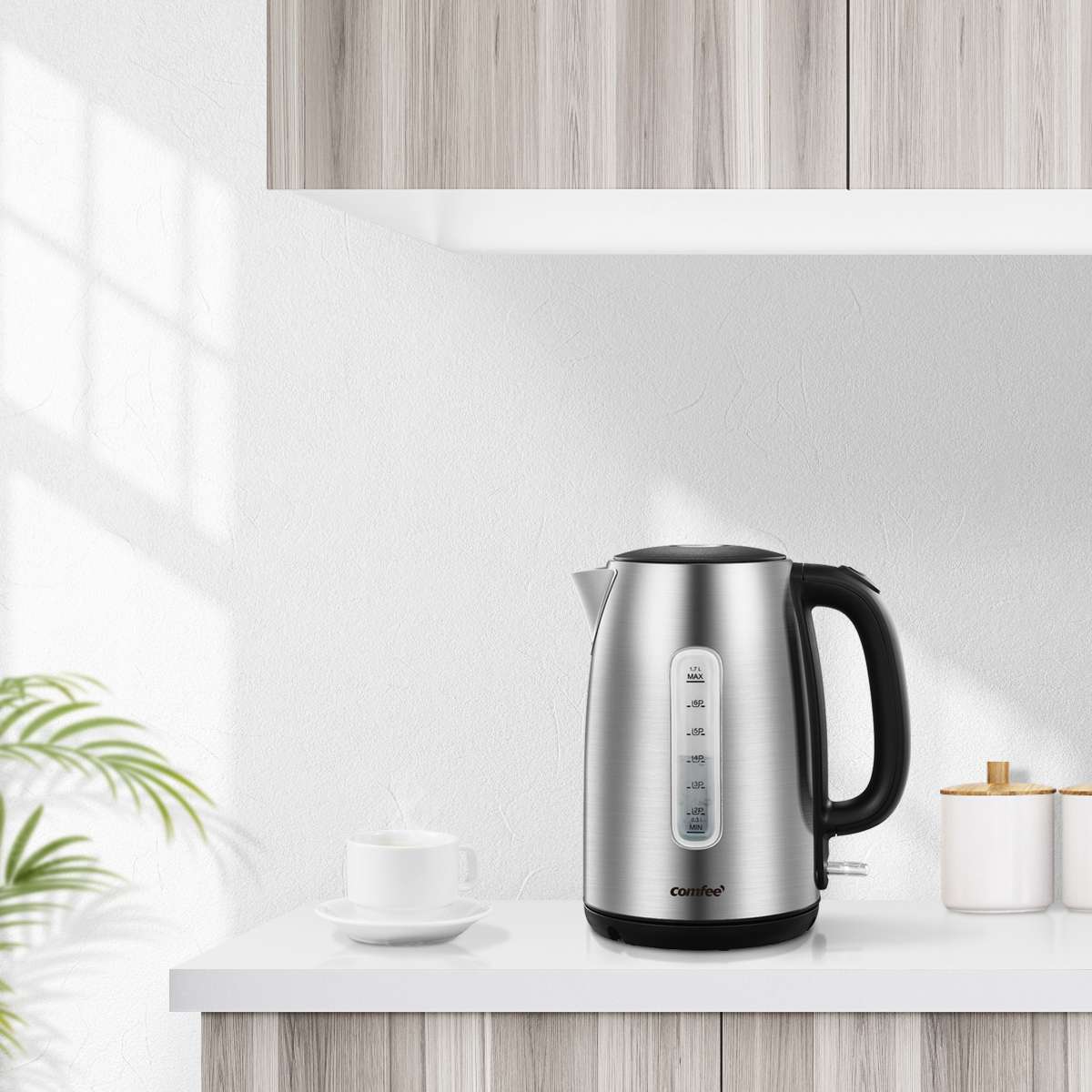
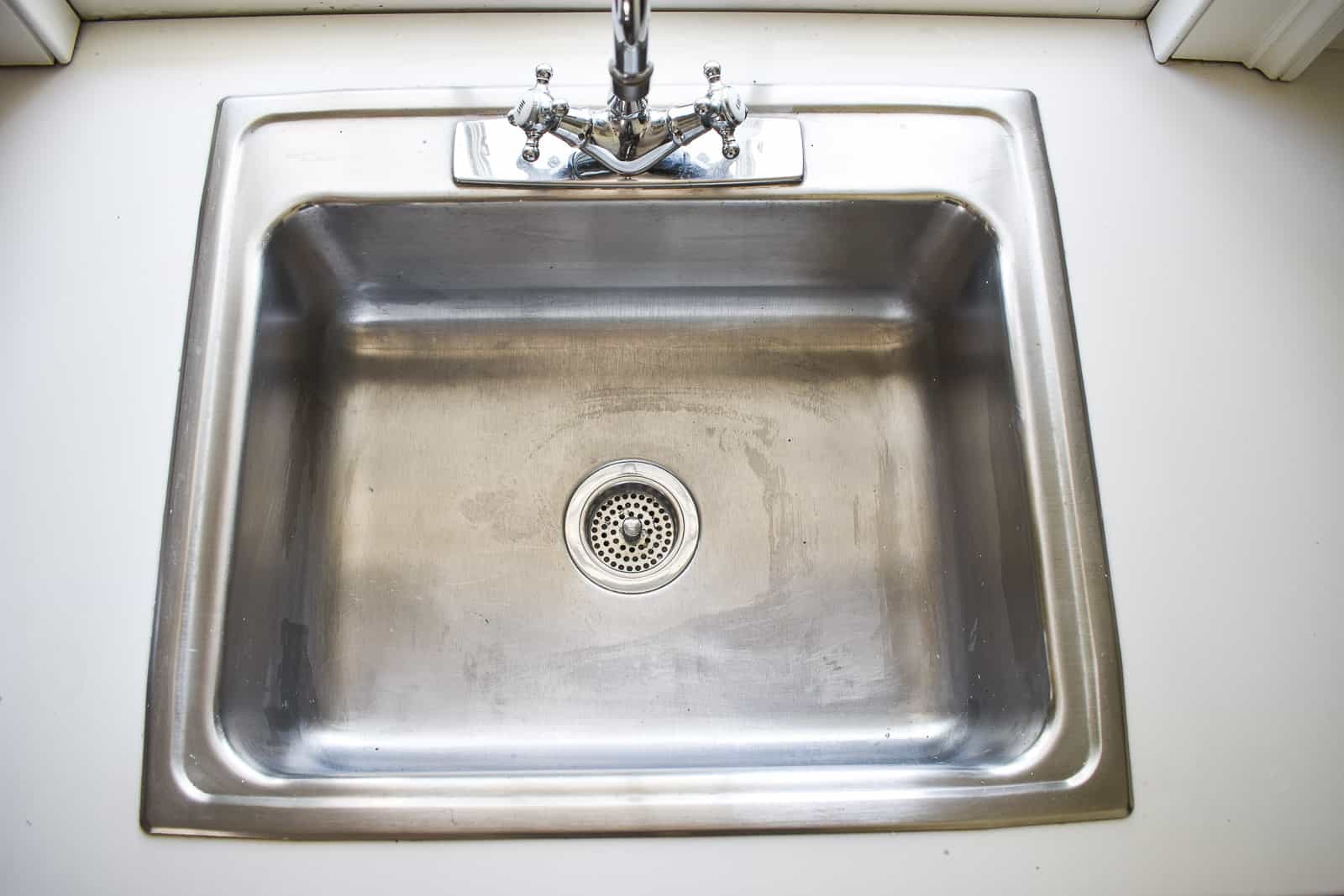
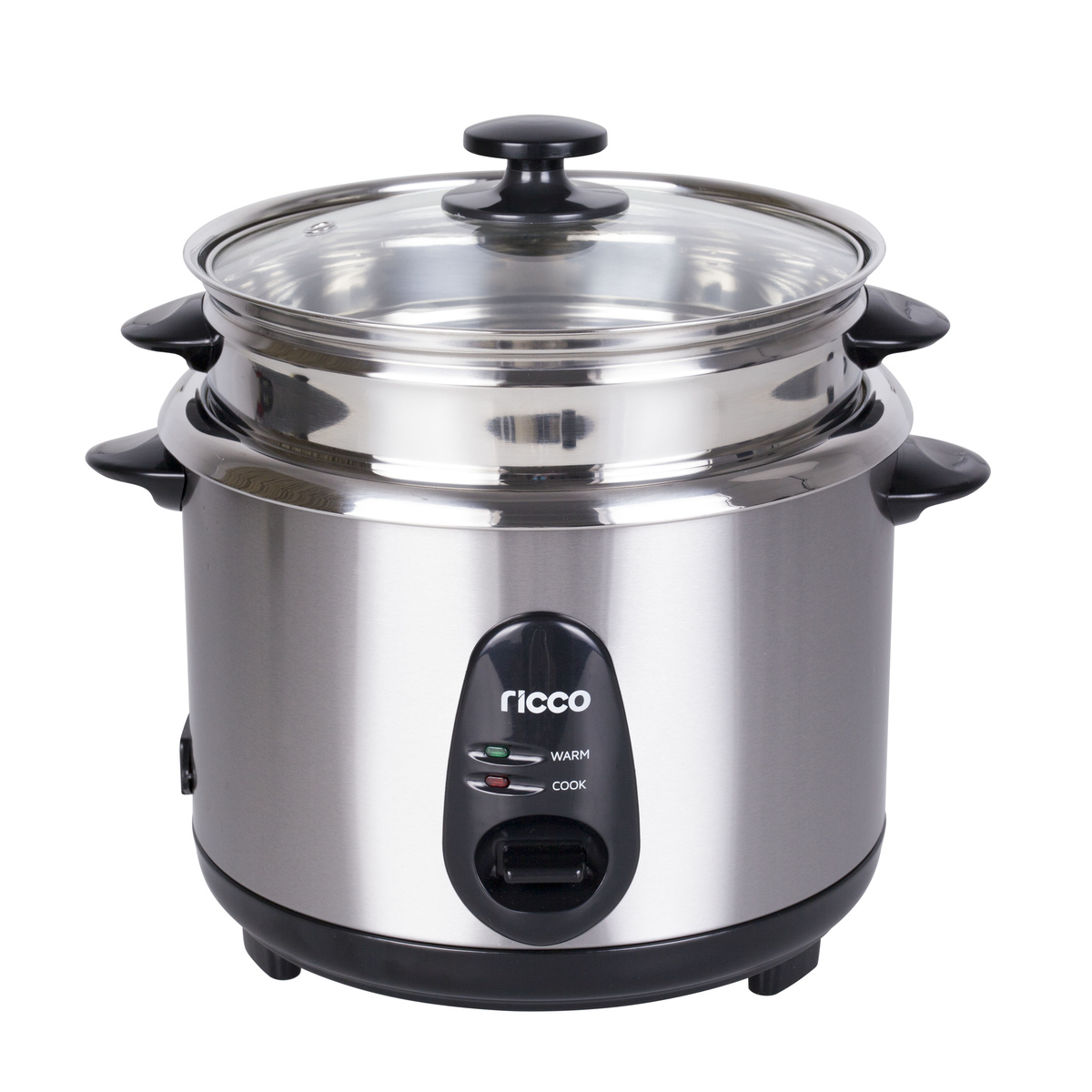
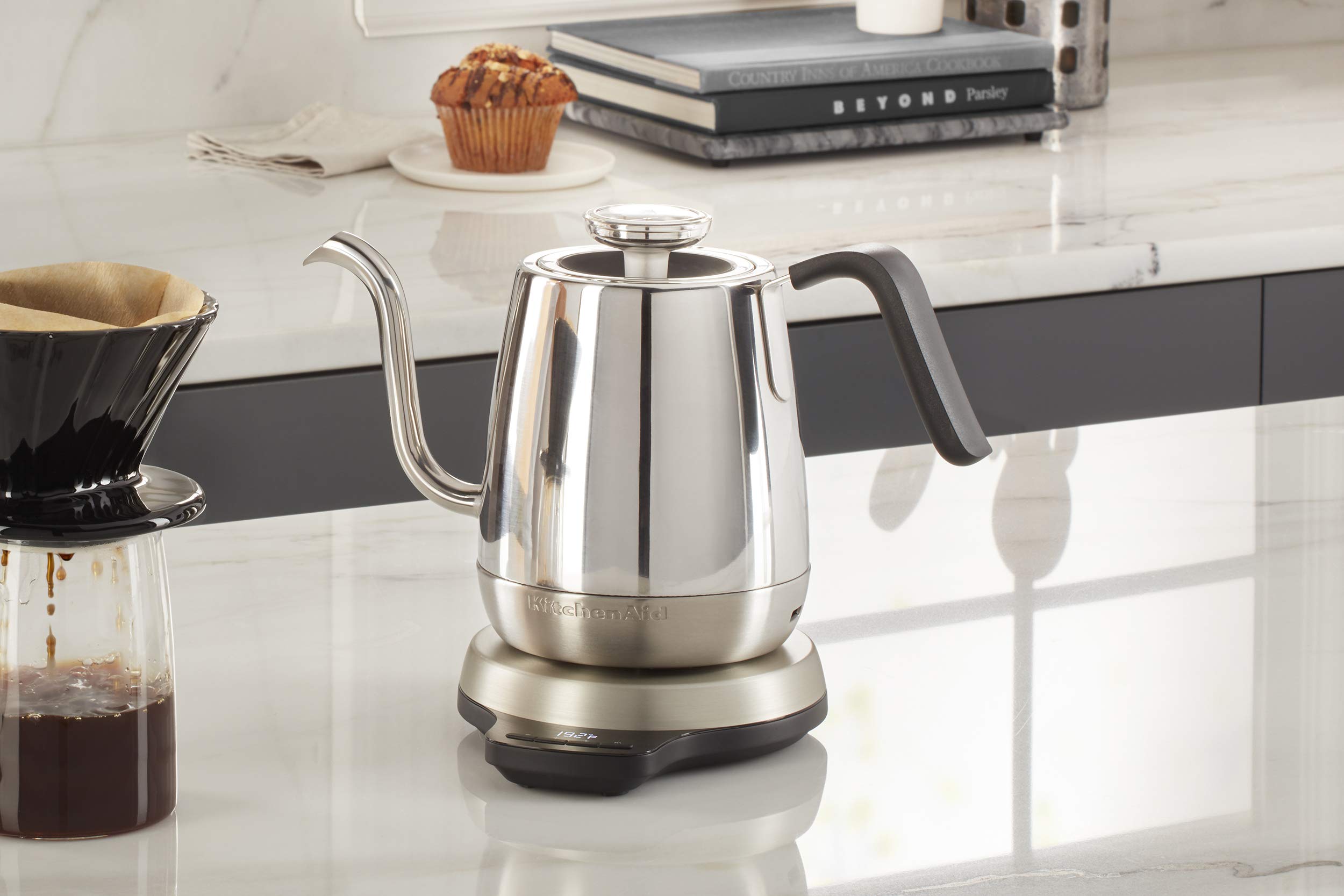
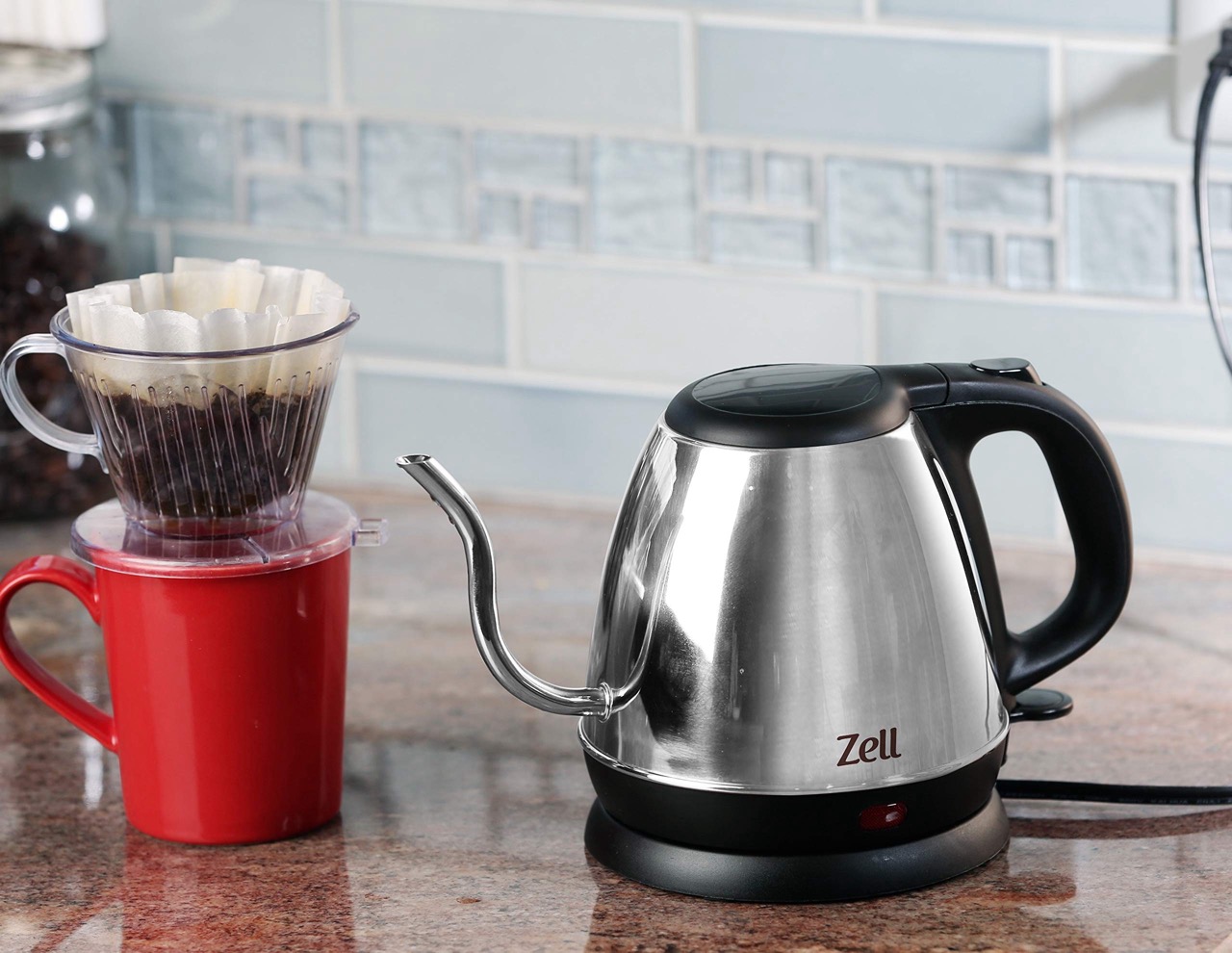
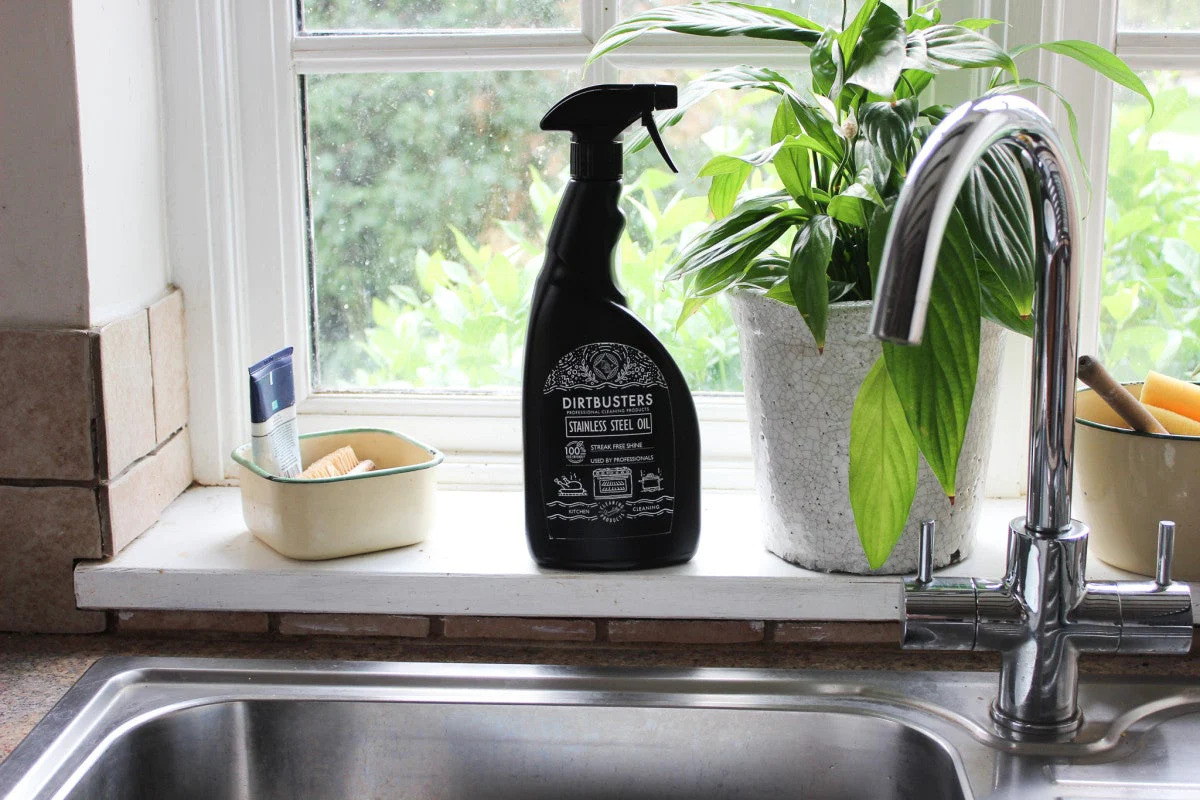
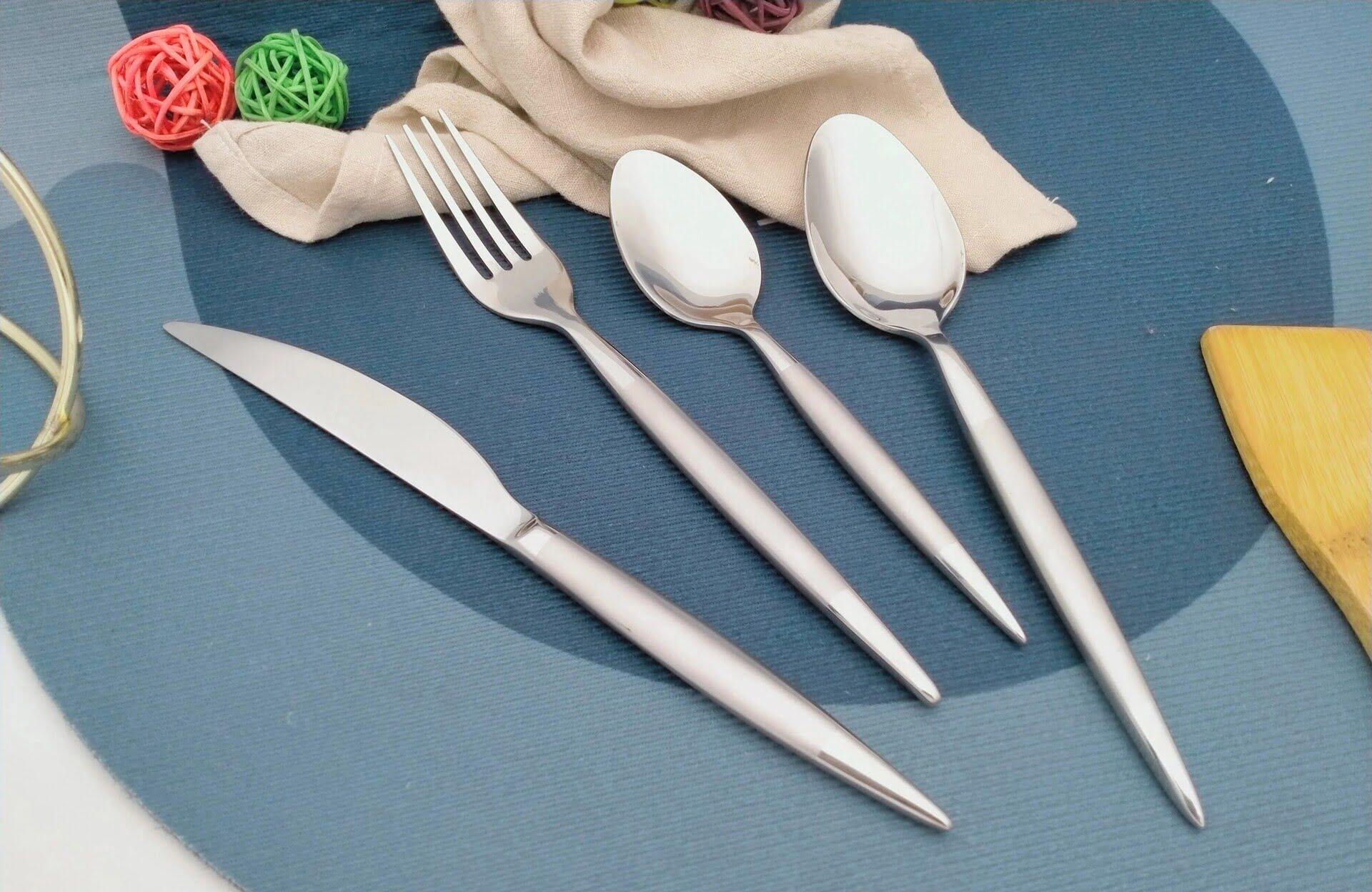
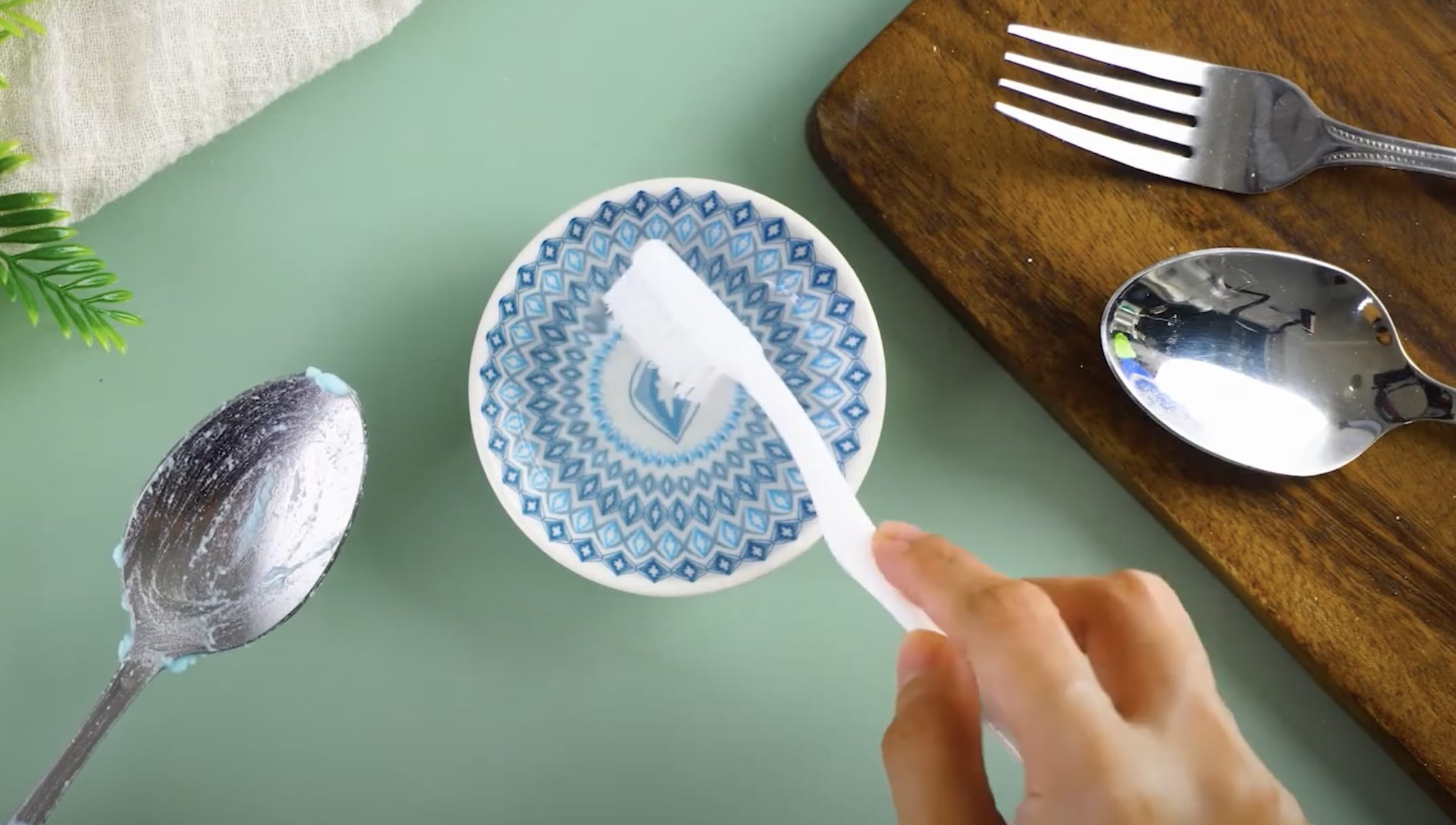
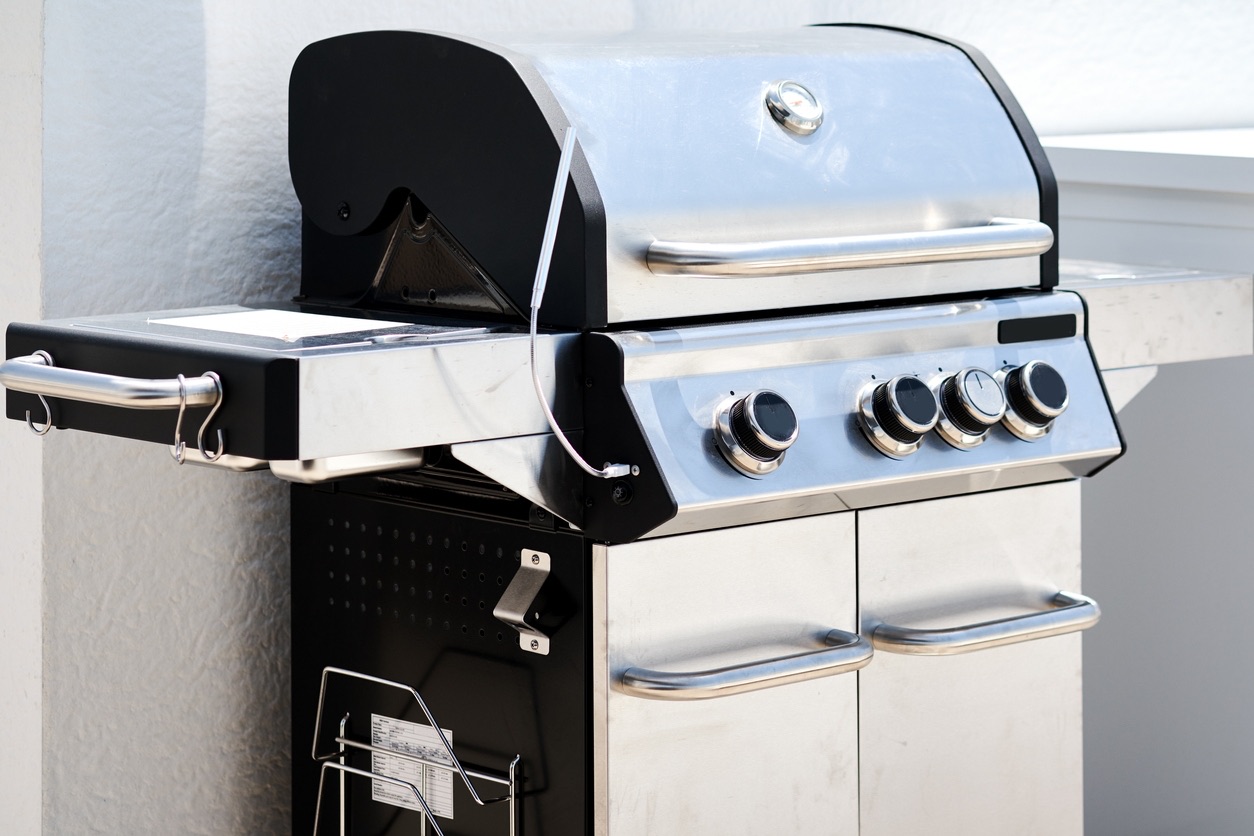

0 thoughts on “How To Season Stainless Steel Electric Skillet”